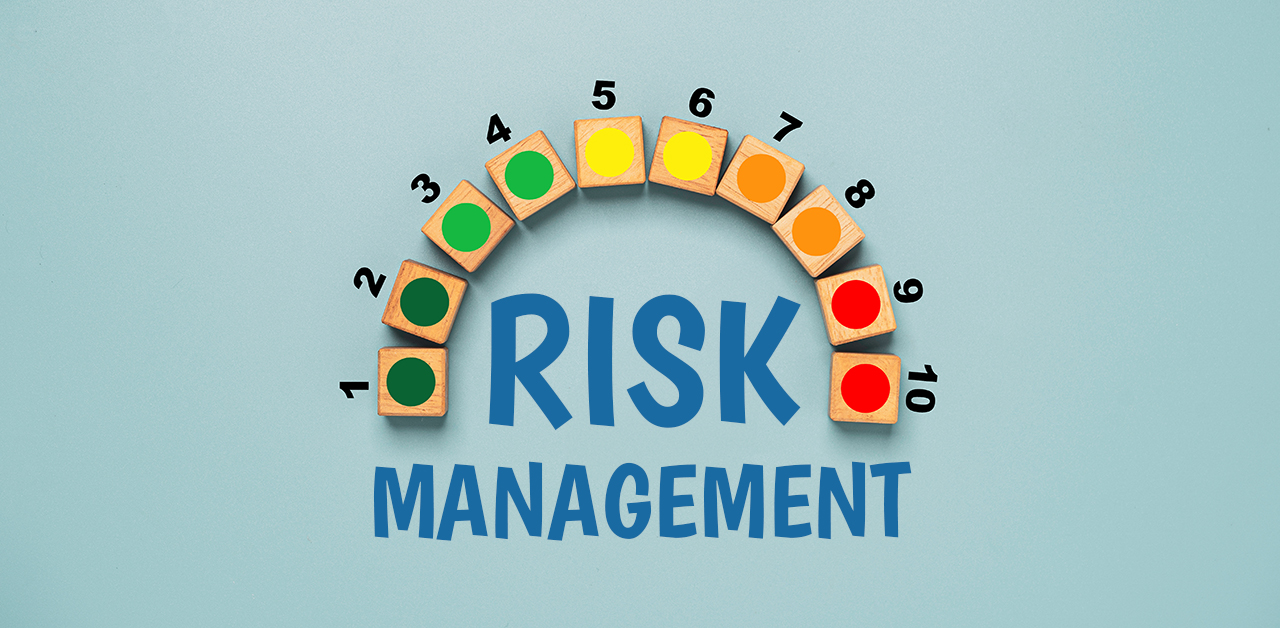
Last month we discussed the legal reason for ITAD. Just because you’re legally required, and it’s the right thing to do, doesn’t mean that you necessarily want to start doing things the ITAD way. But maybe – just maybe – it’s in your best interest. Let’s put it in a social context.
The benefits boost the economy
Back in 2009, the Sustainable Europe Research Institute (SERI), released the results of their study on how environmental policy can benefit the economy. SERI concluded that the economy would benefit in 8 distinct ways:
Enhances Productivity
Stimulates Innovation
Increases Employment (and/or the quality of Employment)
Improves our Balance of Trade
Strengthens our Capital Base
Supports Public Finances
Promotes Economic Cohesion
Encourages the Transition to a Resilient and Sustainable Economy
Boosting the economy drives an upward spiral of good for you and those around you. And, if your company is seen implementing these changes, you can see a strong social and public relations boost as well.

Source: SERI, 2009
The benefits measure differently
Measuring the benefits associated with environmental sustainability requires a new way of thinking. In 2004, SustainAbility Inc. developed a method called the Triple “E” Bottom Line framework – most have shortened this to TBL or triple bottom line accounting.
Triple bottom line accounting combined the benefits for the planet, profits, and people all in a single format that allows you to measure the full benefits that you derive from sustainability projects like proper ITAD implementation. These tools allow you to realize the social benefits received by improving people and creating genuine social equity with those you encounter.

Source: SustainAbility, 2004
The benefits boomerang back
Have you heard of the Circular economy? This industrial design idea replaces the linear cradle-to-grave approach with a circular cradle-to-cradle process. Swiss architect, Walter R. Stahel originally coined the term “cradle-to-cradle” and is credited with introducing the idea of a circular economy with his 1976 report for the European Commission Potential for Substitution Manpower for Energy.
In it, Stahel outlined the process of taking virgin material only one time and then recycling them back into the manufacturing process to be reused for new products over and over again. By reusing these precious materials, companies can work together to streamline their manufacturing processes and save money as well as the environment.

Source: Jobs for Tomorrow, the Potential for Substituting Manpower for Energy, 1982
The benefits are material
So you can see, not all motivations for implementing an environmentally friendly ITAD process are just about covering yourself and being a good resident of Planet Earth (although that helps.) Your company can gain financially and socially by boosting the economy, implementing circular processes, and reporting all of the benefits with triple bottom line accounting.


